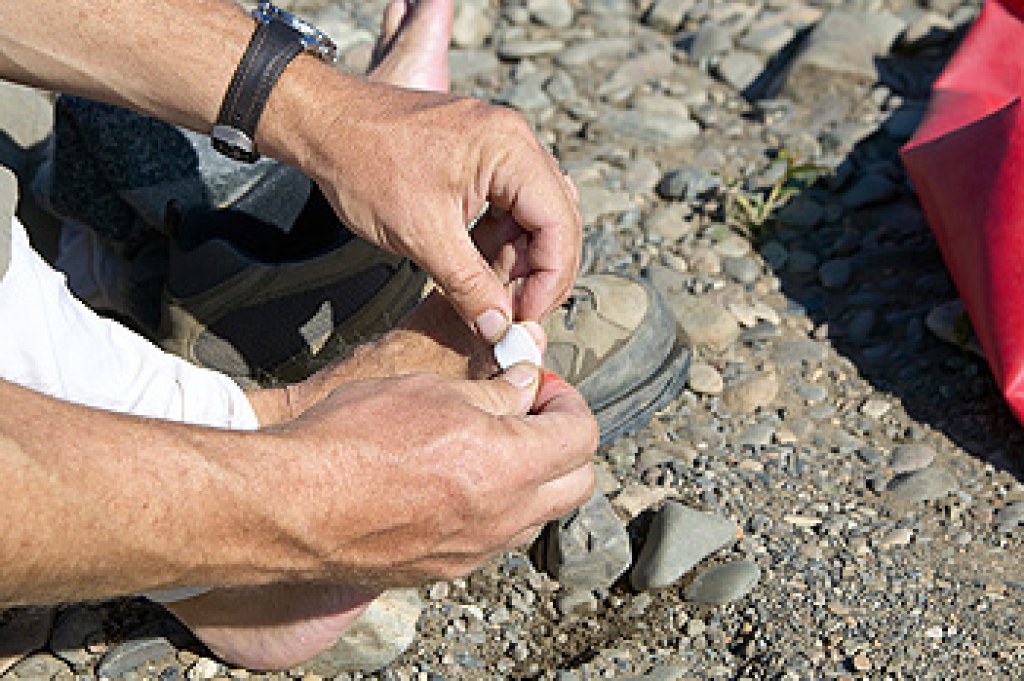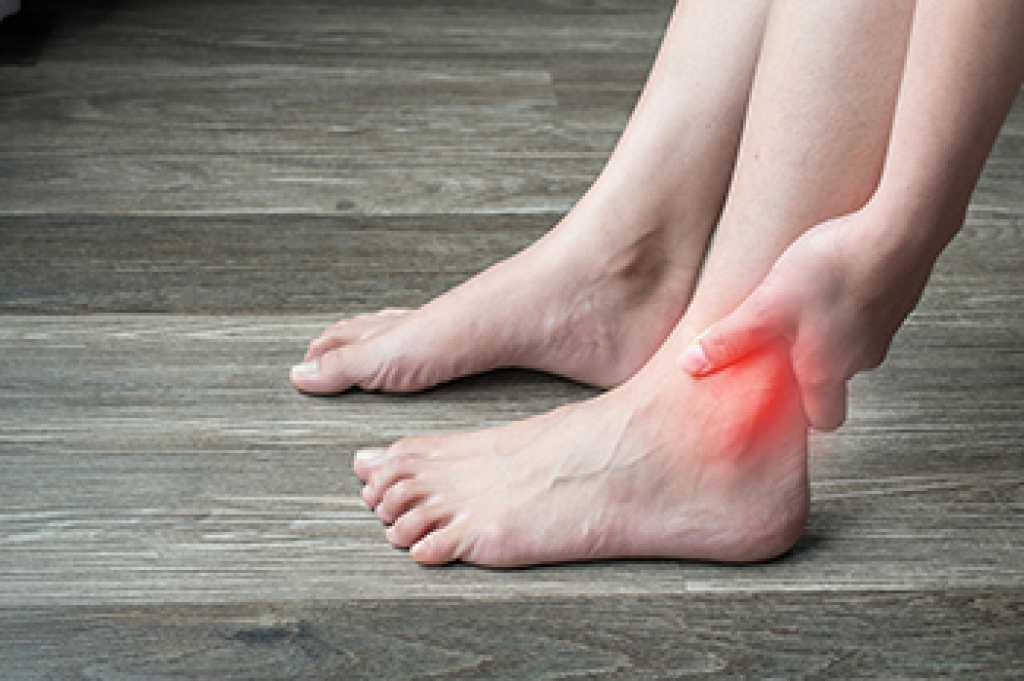
Inadequate care following acute ankle trauma can lead to chronic joint instability. Employing a standardized protocol is essential for effective ankle sprain management. Ankle sprains are categorized from grade I to grade III based on severity. For grade I or II sprains, the focus should be on an accurate diagnosis, preserving range of motion, and employing ankle support. Grade III ankle sprains often involve complete ligament tears, and surgical intervention may be necessary. It is important to note that while early motion and mobility are recommended, it may take several months for ligamentous strength to fully recover after an ankle sprain. If you have hurt your ankle, it is suggested that you make an appointment with a podiatrist for an examination, diagnosis, and the necessary treatment that is required to fully heal your ankle.
Although ankle sprains are common, they aren’t always minor injuries. If you need your ankle injury looked at, contact one of our podiatrists from Foot & Ankle Centers of Charlotte County . Our doctors can provide the care you need to keep you pain-free and on your feet.
How Does an Ankle Sprain Occur?
Ankle sprains are the result of a tear in the ligaments within the ankle. These injuries may happen when you make a rapid shifting movement while your foot is planted. A less common way to sprain your ankle is when your ankle rolls inward while your foot turns outward.
What Are the Symptoms?
- Pain at the sight of the tear
- Bruising/Swelling
- Ankle area is tender to touch
- In severe cases, may hear/feel something tear
- Skin discoloration
Preventing a Sprain
- Wearing appropriate shoes for the occasion
- Stretching before exercises and sports
- Knowing your limits
Treatment of a Sprain
In many cases, the RICE method (Rest, Ice, Compression, and Elevate) is used to treat ankle sprains. However, you should see a podiatrist to see which treatment option would work best with your injury. In severe cases, surgery may be required.
It is important to ask your doctor about rehab options after you receive treatment for your injury. Stretching, strength training, and balance exercises may help the ankle heal while also preventing further injury.
If you have any questions, please feel free to contact our offices located in Punta Gorda and Port Charlotte, FL . We offer the newest diagnostic and treatment technologies for all your foot care needs.




